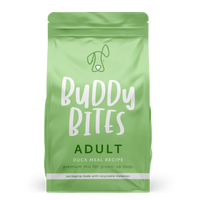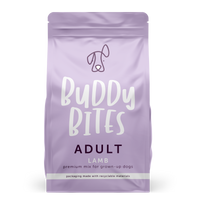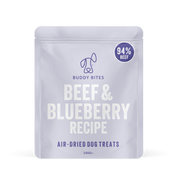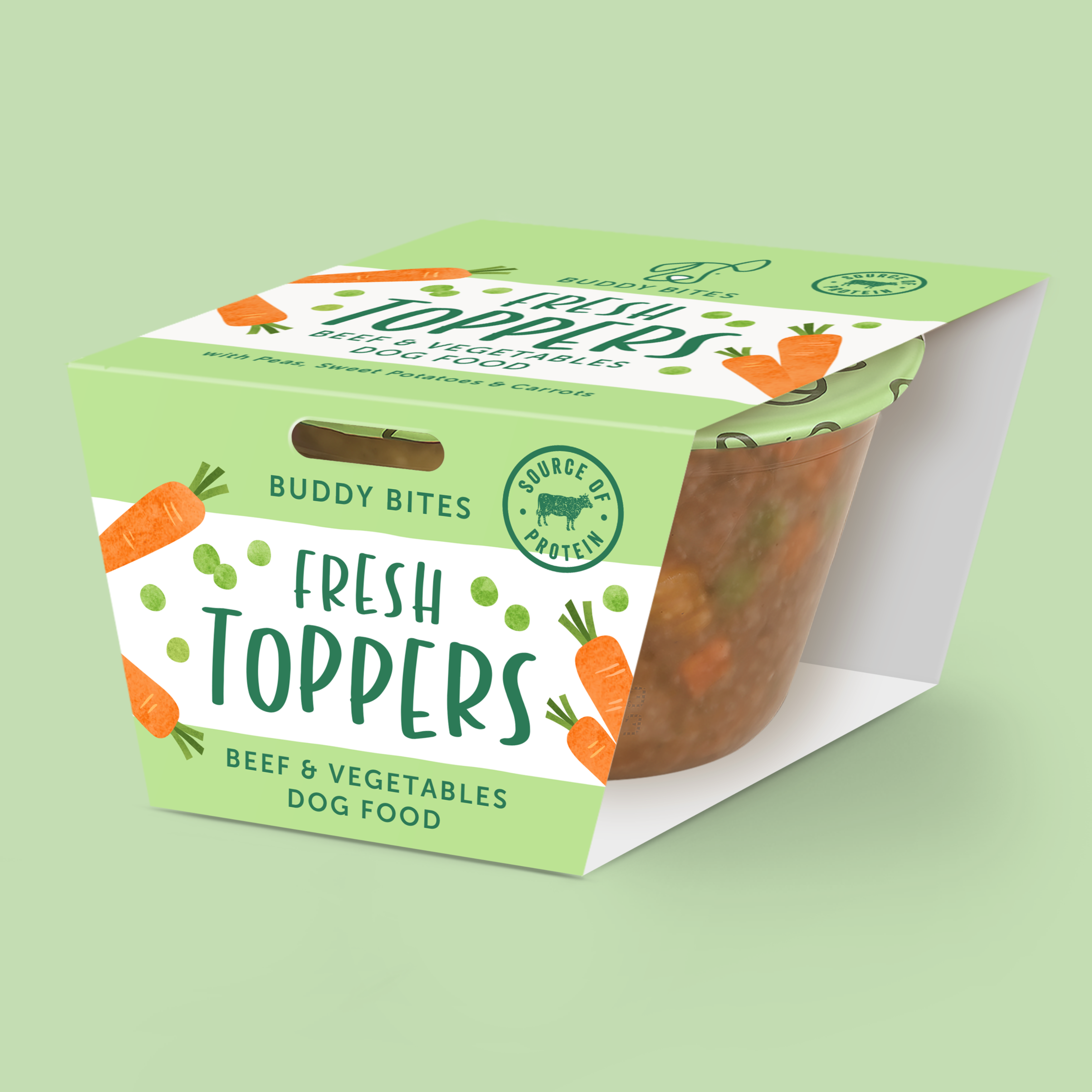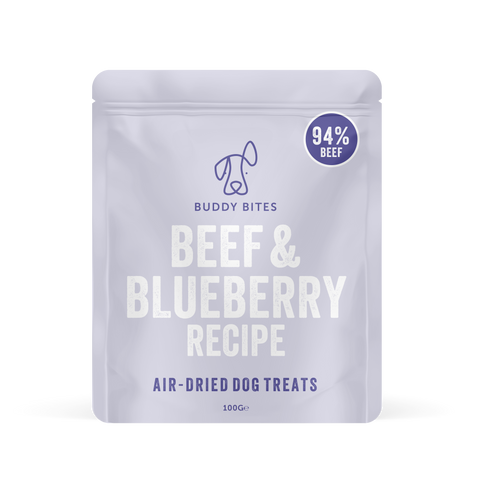Choosing the Perfect Dog Bed
January 01, 2024
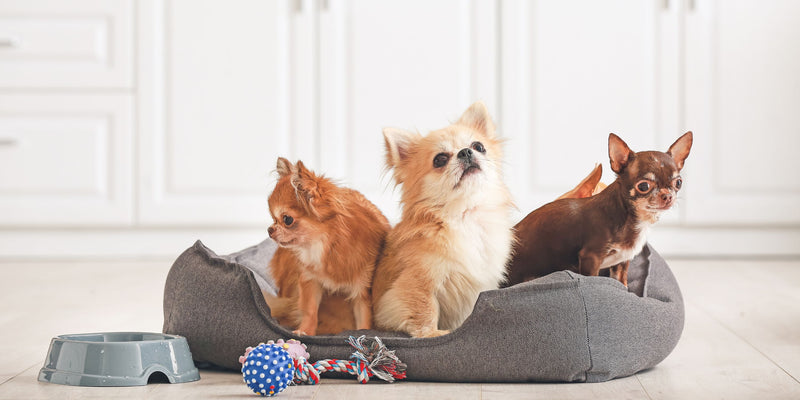
Selecting the right bed for your canine companion is not just about providing a cozy spot for them to rest; it's about understanding their unique needs, preferences, and ensuring they have a haven for relaxation. In this guide, we'll explore the factors to consider when choosing a dog bed, helping you find the perfect resting place for your furry friend.
1. Size Matters:
One of the first considerations when choosing a dog bed is the size that suits your pup. The bed should be large enough for your dog to stretch out comfortably. Consider their sleeping positions – whether they curl up or sprawl out – and choose a size that accommodates their preferred sleeping style.
2. Age and Health:
The age and health of your dog play a crucial role in selecting the right bed. Puppies may benefit from softer, more cushioned beds to support their developing joints, while senior dogs might appreciate orthopaedic beds that provide additional support for aging joints and arthritis.
3. Sleeping Style:
Observe your dog's sleeping habits. Some dogs love to curl up in a cozy nest, while others prefer to stretch out. If your dog enjoys leaning against something while sleeping, consider beds with raised sides or bolsters for extra support and comfort.

4. Material Matters:
Dogs, like humans, have different preferences when it comes to textures and materials. Some may love the softness of plush beds, while others prefer the cooling effect of canvas or raised mesh. Additionally, consider dogs with allergies and opt for hypoallergenic materials.
5. Easy to Clean:
Let's face it; dogs can get messy. Look for beds with removable, machine-washable covers for easy cleaning. Water-resistant or waterproof materials can also be beneficial, especially for dogs prone to accidents or those who enjoy outdoor adventures.

6. Durability:
Choose a bed that can withstand your dog's habits. For chewers and diggers, a durable, tear-resistant material is essential. Look for reinforced seams and high-quality stitching to ensure longevity. Consider waterproof material for dogs that often have “accidents” which will help loads in the clean up after.
7. Temperature Considerations:
Dogs can be sensitive to temperature changes. In warmer climates, elevated or cooling beds can provide relief, while heated beds can be a blessing in colder weather. Choose a bed that suits the climate and keeps your dog comfortable year-round.
8. Location, Location, Location:
Consider where your dog likes to sleep. If they have a favourite spot, try to replicate the conditions with their new bed. Whether it's in a sunny corner, near a window, or tucked away in a quiet nook, the right bed placement can enhance their sense of security and comfort.

9. Budget-Friendly Options:
There's a wide range of dog beds available to suit various budgets. While it's tempting to splurge on a luxurious bed, focus on quality and functionality that aligns with your budget. Remember, a comfortable and well-chosen bed contributes to your dog's overall well-being.
10. Trial and Error:
Ultimately, your dog's approval matters most. Some dogs are picky about their beds, so be open to a bit of trial and error. If possible, choose beds with a return policy, allowing your dog to test out different options until you find their perfect match.

Choosing a dog bed involves a thoughtful consideration of your dog's unique needs, habits, and your lifestyle. By selecting a bed that aligns with their preferences, you're not just providing a place to sleep; you're creating a sanctuary where your furry friend can rest, rejuvenate, and dream of adventures in the company of their loving family.

